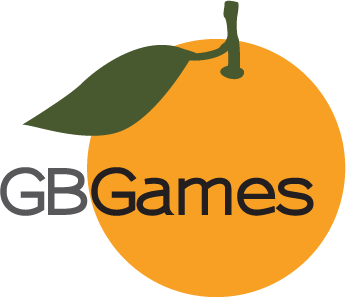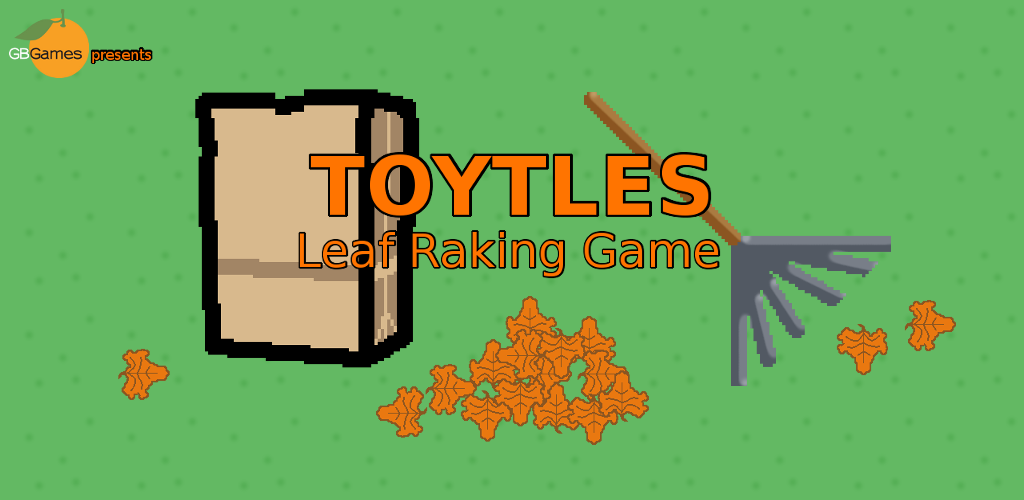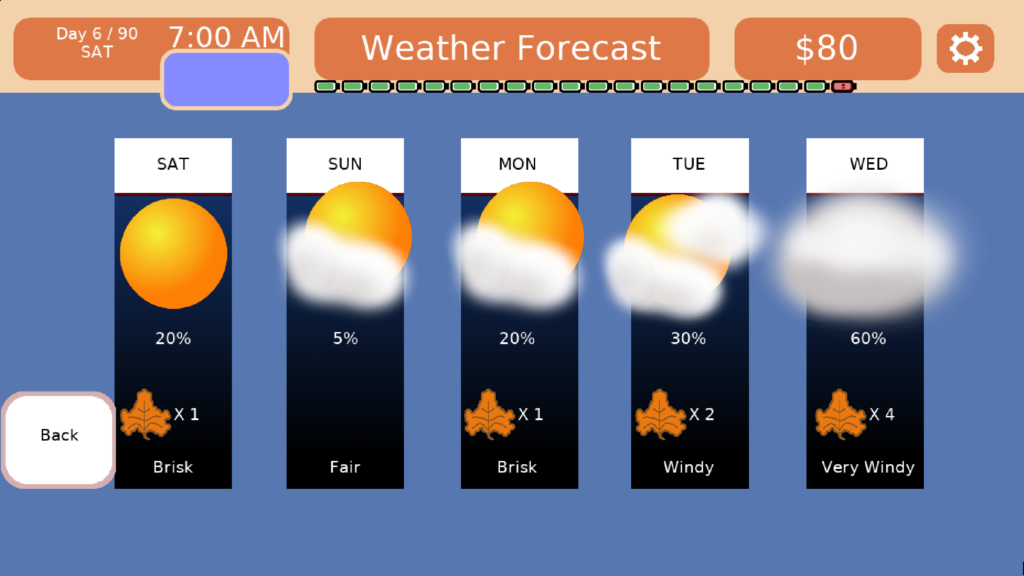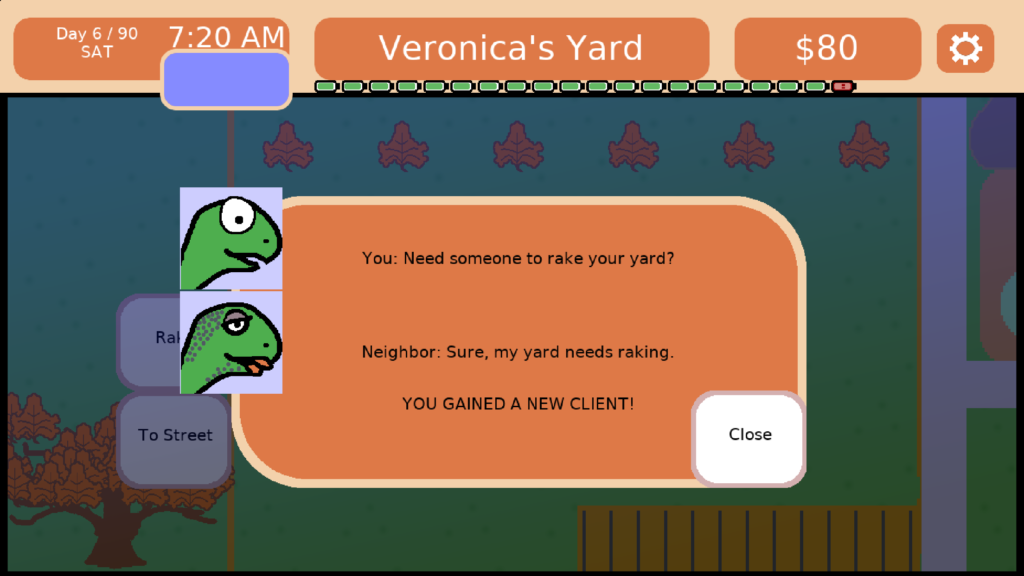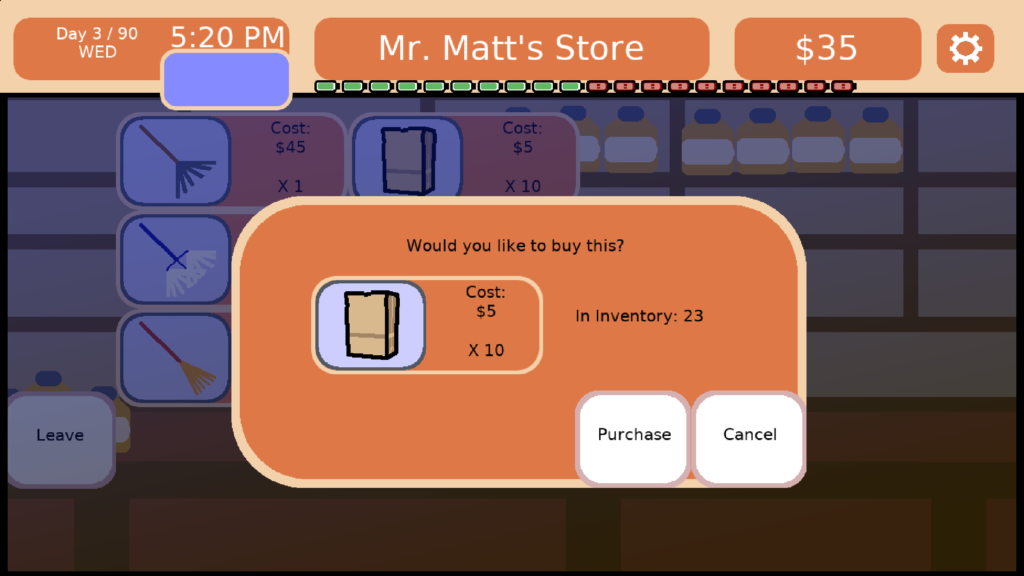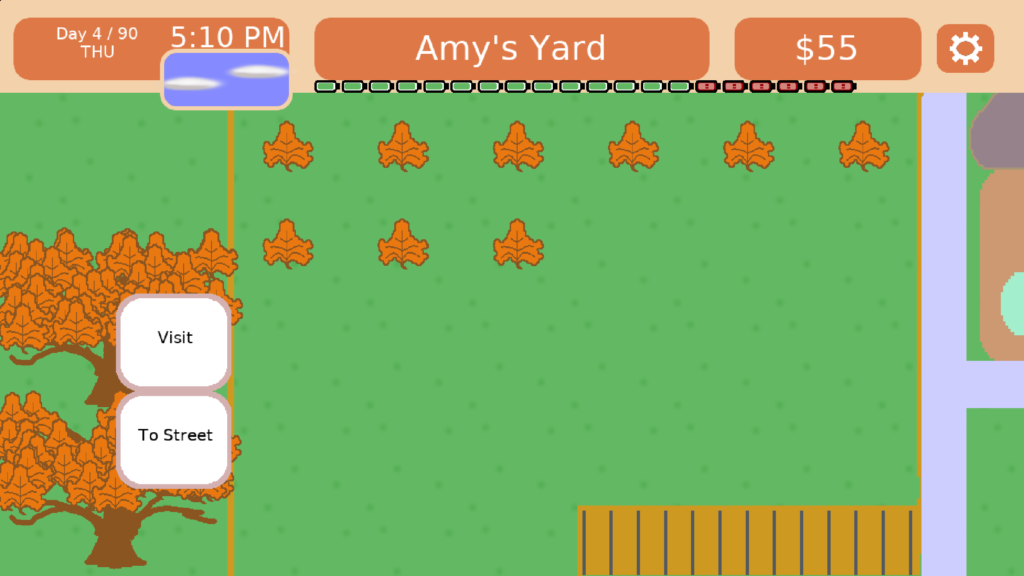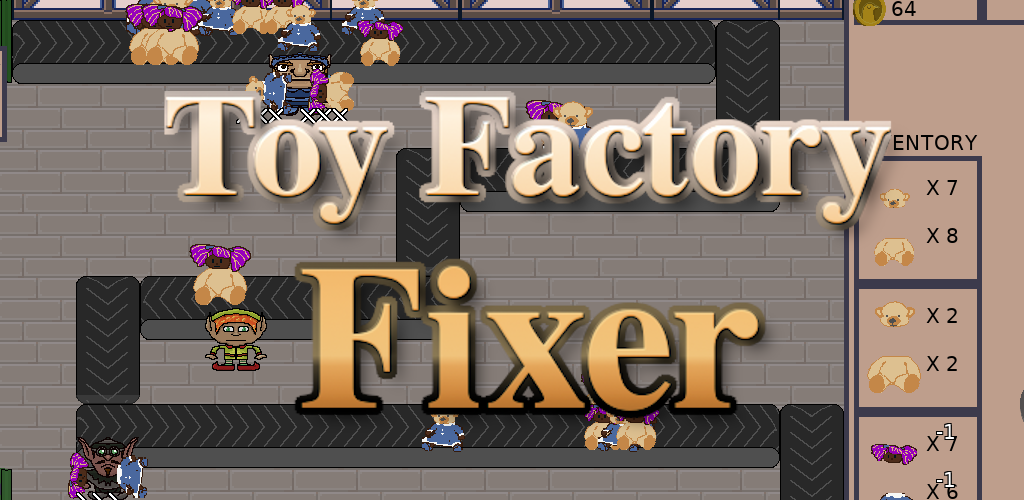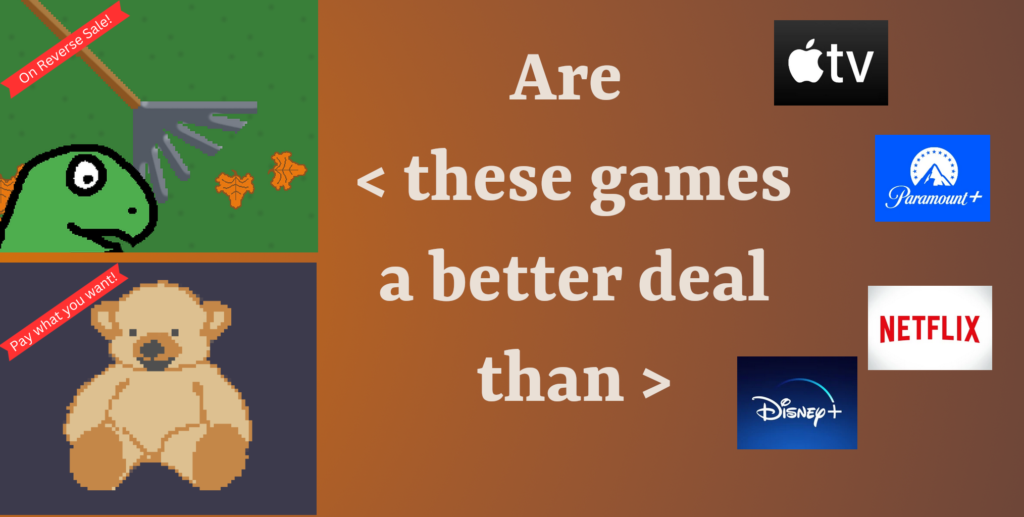I don’t remember how I came across this book’s existence, but I put in a request for it at my local library at some point, and then one day I got notification that my book was ready to be picked up.
And it was a delight to read!
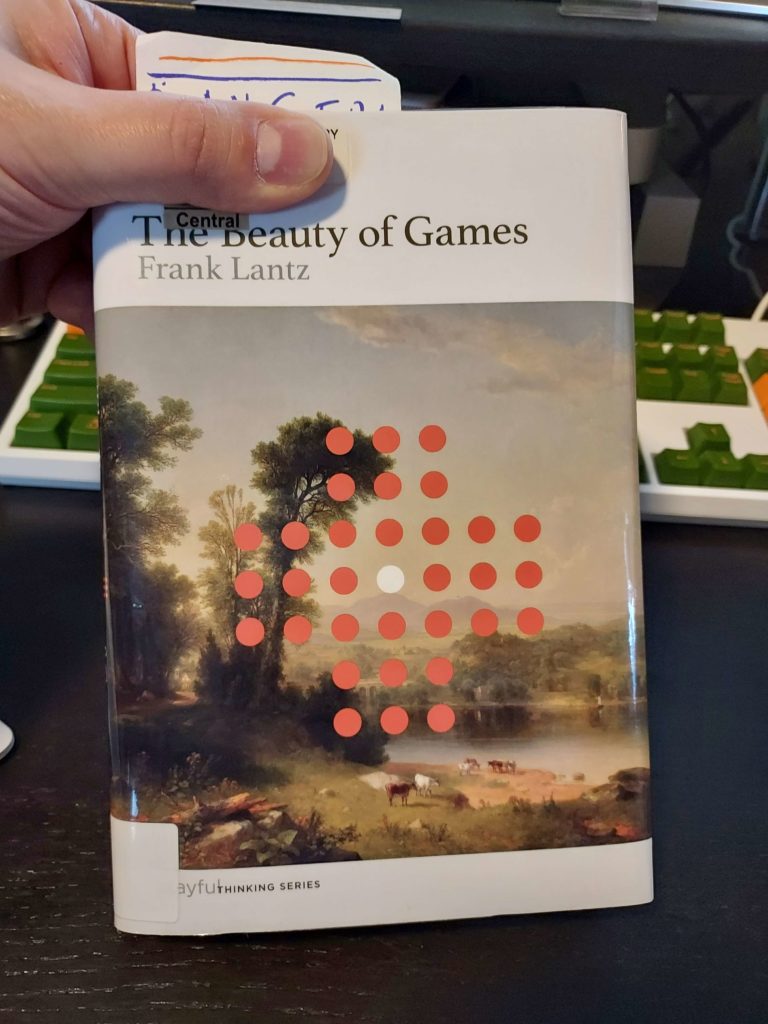
The Beauty of Games by Frank Lantz, part of the Playful Thinking series from MIT, starts out by ignoring the “Are games art?” question, but then the argument being put forth is still a large undertaking: a grand unified theory of what games are and how they are important.
Lantz argues that games are an aesthetic form, on par with other aesthetic forms such as music, film, and literature. He argues that while “art” implies certain claims, “aesthetic” merely describes. “The aesthetic is a domain, not of a certain kind of objects but of a certain type of activity, an ongoing process of dialogue and discussion, a series of conversations in which we ask ourselves and each other – what is interesting? What is beautiful? What is meaningful? What is important?”
By talking about games as an aesthetic, Lantz avoids needing to worry about needing to define which kinds of games might be considered art, where the borders are. He makes the claim that all games, not just modern computer games or a subset of them, including chess and tennis, belong in the domain of aesthetics.
I’m no academic, and so I wasn’t familiar with any similar arguments about painting, sculpture, dance, music, literature, film, etc. So perhaps The Beauty of Games was a nice intro to the concept of aesthetics, the idea that an aesthetic experience is for its own sake. Lantz compares the work of looking, the need we have to identify threats in the world, recognize familiar people and locations, and notice changes, to the activity of looking at a painting. We don’t need to look at a painting. We don’t look at paintings in service of some other goal. We do it because the purpose of looking at a painting is looking at a painting.
I loved this concept: that an activity, such as looking or listening, that often has a real-world, beneficial purpose, gets applied for its own sake in certain contexts. We do these activities to better understand these activities.
Looking at artworks. Hearing music. Moving our bodies in the form of a dance.
And playing games, which Lantz argues is about thinking and doing for their own sake.
The turn of phrase that I particularly loved was the idea that “games are thought made visible to itself.” Most of our life, we spend it by thinking in order to accomplish something. We think to earn money, we plan our groceries so we can eat during the week, we win arguments, we budget, we schedule our time. But with games, our thinking and our awareness of our thinking is done for its own sake, and it can be entertaining, and it can also be insightful.
I liked that Lantz focused on not just what games could aspire to but also what they currently are. He compared games such as Go and poker, QWOP and Wipeout, and pointed out that these games already help us see the world differently, help us navigate our own minds with new appreciation for how we do it.
It never occurred to me that the probabilistic thinking of poker was so tied to game theory and to contributing to how someone might understand something like quantum mechanics better, but also to understanding how to model the day to day world we navigate.
At one point, Lantz talked about what impact games could have, specifically in terms of systems literacy. Games are very closely related to systems and to software, and so they can help us understand complex systems that exist in our real world.
Systems are dynamic, and they sometimes have side-effects, which are sometimes unintended. Our criminal justice systems, or our political systems, or our economic systems, all need nuanced understanding.
Playing games is about understanding complex systems. Knowing how to balance all of the mechanics in a farming sim doesn’t mean you know how to work on a real farm, but it might help you to understand a little better how the economy works.
Sounds good, but then he points out that if it is true, and if all games have this capacity, then we should already see these kinds of benefits in the world. Instead, he highlights how “in its most prominent forms, gamer culture often seems to demonstrate exactly the opposite – a way of engaging with the world that is stridently anti-intellectual, stubbornly literal-minded, completely inflexible, combining extreme naivete with massive over-confidence, and willfully deaf to the subtleties of systems thinking even as it exhibits a highly effective practical mastery of actual, real-world networked systems.”
It’s a sober passage about how, even if games COULD have so much potential to help us navigate the complex systems in our lives, so far we haven’t taken advantage of them in that way.
And of course, games don’t NEED to teach us. They are for their own sake, after all. But it definitely feels like a miss for our society if we have this amazing capacity to help improve society, to improve our creativity around approaching our society’s various and interlocking systems, and instead we acted like games are only meant to be frivolous (see how the mainstream media treated Willis Gibson after his amazing accomplishment of doing what was once thought of as impossible, getting the killscreen in Tetris) and so our society’s systems are also treated simplistically and suboptimally, that “the most advanced forms of systems literacy in games are ones being applied by product managers and marketing engineers to maximize engagement and not the kind we would want players to develop for themselves.”
Lantz points out evidence of gamer intelligence, ways that games change how we think, can be positive. Game players learn about randomness and statistics not in a classroom but by actually practicing it when they participate in MMO raids and when choosing how to bet before the river is revealed in Texas Hold ’em. They can understand the concept of state machines when they kite an AI-controlled enemy or need to lay low to avoid the cops for awhile in Grand Theft Auto games. I especially loved the passage about how game theory came about due to John von Neumann’s fascination with poker’s uncertainty in the face of multiple players all trying to anticipate each other’s moves.
Game theory, while it had far reaching impact, also led to the concept of Mutually Assured Destruction, the idea that nuclear powers probably don’t want to launch a nuclear strike first because opposing sides will have enough retaliation capability that everyone suffers unacceptable losses. Lantz points out that the film Dr. Strangelove pokes fun at the idea of game theory, its disconnection from reality and sensibility.
But then he says one of my favorite parts of the book, “But consider for a moment that the opposite might be true. It is possible that, without the cognitive toolset of game theory and its capacity to coldly calculate the unthinkable, humans might have destroyed the planet with nuclear weapons.
Maybe, just maybe, a field of knowledge that came out of a close analysis of Poker saved the world.”
I’m happy that I had access to this book thanks to my local library (did you know you can often request new books, and they will sometimes get them for you?), but I’m sad that the book is due back. I want to add this one to my collection.
